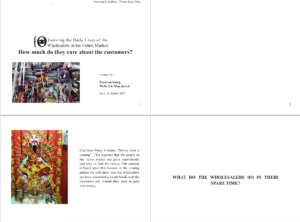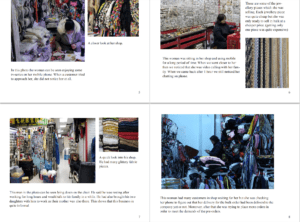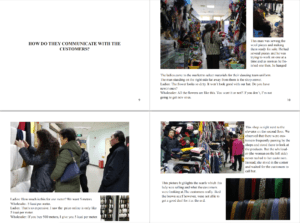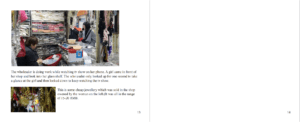I really enjoyed reading about the design principles in the Cradle to Cradle approach. Reframing the problem statement and reworking the goal makes a lot of sense to me. The goal isn’t to produce less, as they mentioned, because that would mean that the ideal goal is to produce zero, which is completely unrealistic. Rather, the goal is to produce more in a way that contributes to “nature’s bounty”. I believe that this optimistic view is what drives innovation and encourages designers and engineers to embrace creativity in creation.
I was particularly struck by this: “Imagine an economy where a designer designs not just for single use, but for a legacy of products with a storyline that has no end” (300). What an exciting and challenging task! Suddenly, designers have to think more deeply about their creations: what will it look like, how will it feel, what will it be made out of, what should it be made out of, how will it contribute to society, how will it feed into the next cycle? It is simply not enough to think about design as merely a visual task because it is so much more than that. Designers determine the “storyline” of the product, whether it’s a piece of clothing, bag, shoes, necklace, phone, laptop, or TV. Hardware designers, software designers, digital designers — all kinds of designers must take ownership of the product’s storyline in order to support change in production, manufacturing, buying and selling.
The social fairness design aspiration (“honor all natural systems and the people involved in creating products”) also left an imprint on me. Respecting workers, ensuring good conditions, committing to fair wages, and promoting safety really just boils down to empathy. And, this is something that all designers should be familiar with already, especially if they practice design thinking. I really do think that designers can push companies to make better choices. UX designers already take ownership of building empathy for the end-user within the organization. Fashion designers can do this too. And, they should not just focus on empathy for the end-user (consumer), but also for the workers.



